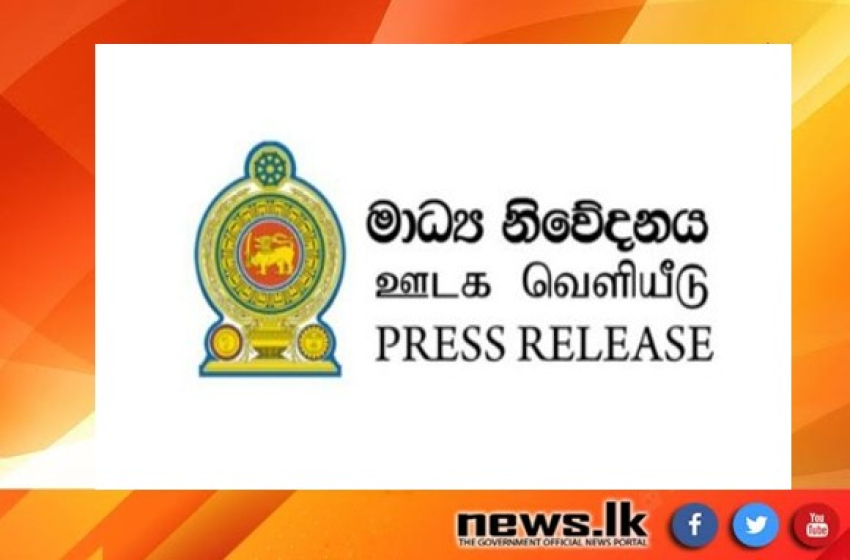Accordingly, the government will purchase 61,600 metric tons of paddy to meet the requirement of 40,000 Metric Tons. This program is proposed to be implemented by District Secretaries and Divisional Secretaries with the assistance of small and medium-scale paddy mills.
Under the District Secretaries and Divisional Secretaries, rice will be distributed among the identified Samurdhi beneficiaries including low-income earners using the existing system and the Ministry of Women, Child Affairs and Social Empowerment will coordinate the District Secretaries and issue necessary instructions to them.
The total estimated cost is Rs.8,040 million, which includes Rs.6,200 million for paddy purchase, Rs.290 million for rice drying, Rs.590 million for milling charges, Rs.200 million for packing costs, Rs.160 million as additional payment to mill owners, and Rs.600 million for transportation.
However, the program's estimated cost will vary depending on market fluctuations, and a budget provision of around Rs.10,000 million will be allocated to be used if the need arises.
According to data from the Departments of Agriculture and Agrarian Development, the land extent used for paddy cultivation in the 2022/2023 Maha season is approximately 732,201 hectares, and the expected yield is 3.3 million metric tons, while approximately 2.2 million metric tons of rice can be produced. Given the country's monthly rice requirement of approximately 210,000 metric tons, it has been observed that the next Maha season may see a paddy surplus. As a result, in order to protect both the paddy farmer and the consumer, the government must intervene in the purchase of a specific amount of paddy during the 2022/23 season.
Furthermore, due to the country's extremely difficult economic situation, it is necessary to protect low-income groups of society from the negative effects of the crisis by assisting them in maintaining a good nutritional level. This group consists of approximately 2 million families, including Samurdhi beneficiaries. Although the government has provided additional funds for this group until April 2023, there is a need to care for these low-income earners for a further period. Because the paddy harvest in this season of 2022/2023 is expected to be higher than the previous Maha season, it is appropriate to use a portion of the paddy to provide additional support to identified low-income earners in order to maintain their standard of living. This program will benefit both farmers and low-income groups in the country.
The Treasury Secretary, officers of the Presidential Secretariat, the Secretary to the Ministry of Agriculture, the Secretary to the Ministry of Public Administration, Home Affairs, Provincial Councils and Local Government, the Secretary to the Ministry of Women, and Child Affairs and Social Empowerment, all District Secretaries, the Department of Samurdhi Development, and other related institutions will participate in the discussions on the method of implementing the proposed program. It is also expected to discuss and decide on the proposed rice distribution mechanism. In addition, the production cost of rice varieties to be purchased by farmers, a certified price for rice, paddy owner participation, transportation methods, and paddy milling charges will be discussed in depth.
President’s Media Division (PMD)



















